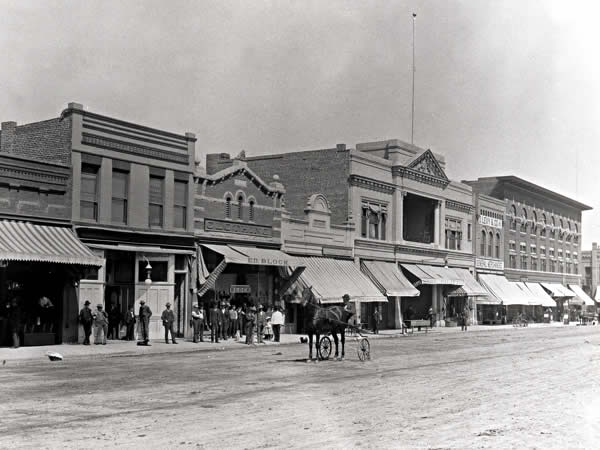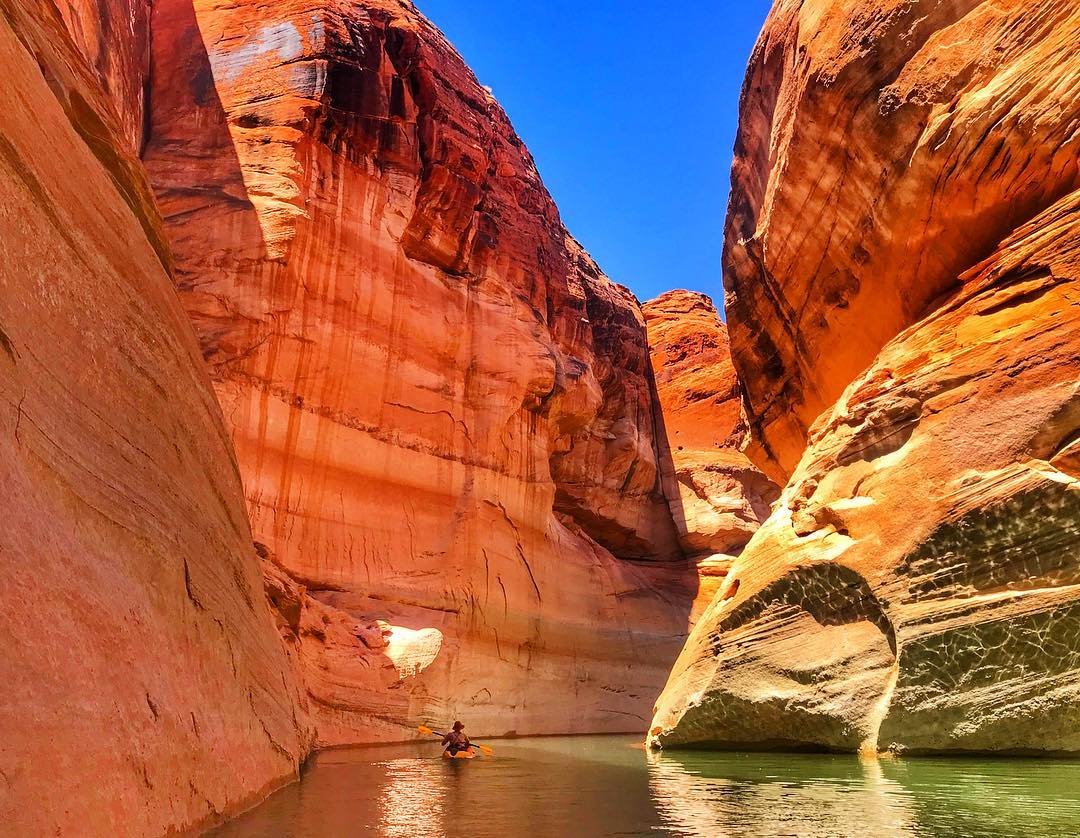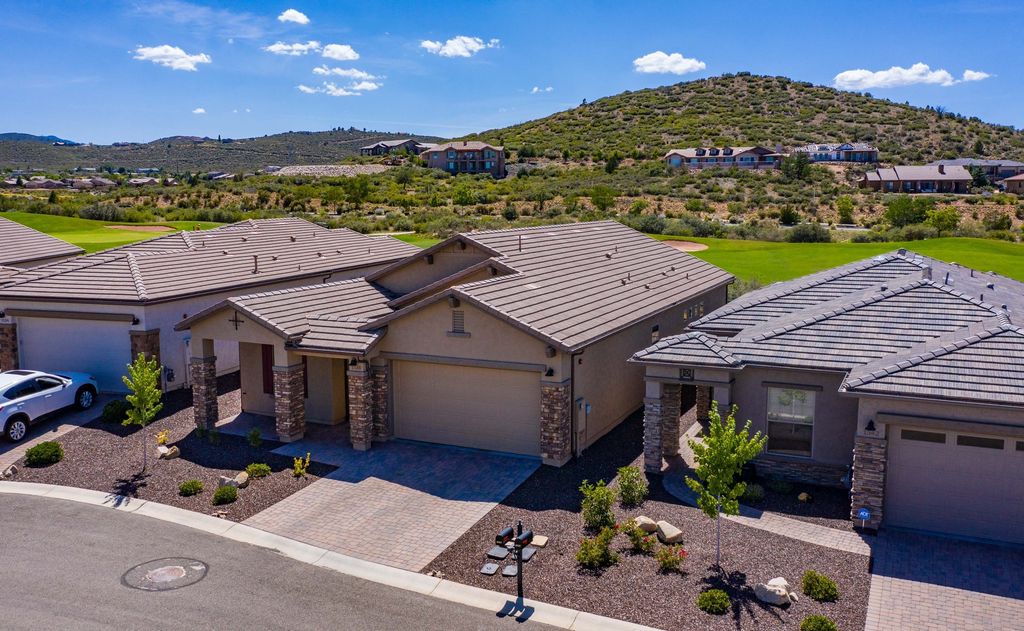PRESCOTT
The surrounding communities of Prescott, Prescott Valley, Chino Valley and Dewey-Humboldt are locally known as the “Quad Cities”
Prescott: http://www.prescott-az.gov
Prescott Arizona, (pronounced “Preskitt”) is an historic high-desert mountain community 96 miles northwest of Phoenix in the Bradshaw Mountains of central Arizona. At an elevation of over 5,000 feet, Prescott has a mild four-season climate, with bountiful sunshine 300 days a year, annual snowfall of 13 inches, and annual rainfall of 19 inches. Prescott has mild winters with the occasional light snow melting quickly, often before Noon the next day.
Read more/less
Summer high temperatures average in the mid to upper 80’s but because of the desert climate, even summer nights tend to cool down with an average low of 55 degrees.
The laid-back culture of Prescott is an enjoyable year-round experience. You can enjoy a leisurely stroll or picnic in the Courthouse Square with its cool, green grass and large shade trees. Or enjoy the “old west” feel to downtown Prescott as you stroll along historic “Whiskey Row” and the neighboring streets full of eclectic shops, galleries and restaurants. There are over 800 structures listed on the National Register of Historic Places (https://www.nps.gov/maps/full.html?mapId=7ad17cc9-b808-4ff8-a2f9-a99909164466) and many restored Victorian homes you can easily walk to in the surrounding downtown area. You’ll find there’s always an event taking place around the town square such as the Farmer’s Market, featuring local farmers and products, a constant stream of live music events and art fairs in the park. Prescott also has an abundance of outdoor activities to enjoy including hiking, biking, golfing, kayaking, fishing, rock climbing, horseback riding and 4-wheeling. You might just wear out your boots trying to hike the nearly 450 miles of hiking trails within the 1.25 million acres of the Prescott National Forest. With it’s entertainment and endless amounts of year-round outdoor activities, Prescott is an ideal place to call home. It’s not surprising that Prescott AZ has been dubbed “Everyone’s Hometown.”


Prescott History:
The city of Prescott was founded in 1864, and was named after famed historian and author William Hickling Prescott. Prescott was named the capital of the Arizona Territory as President Lincoln wanted the capital far away from Confederate leaning cities in the south. Prescott remained the territorial capital until 1867 when the honor was bestowed upon Tucson, and eventually Phoenix.
Read more/less
There is a rich historic heritage in Prescott AZ. Whiskey Row dates back to 1864 and was visited by many well-known figures of that time, including Doc Holliday and the Earp brothers. On July 14, 1900, a cataclysmic fire destroyed four and a half blocks of downtown Prescott. Twelve hotels and 20 mercantile establishments were lost in the fire, including Whiskey Row. The citizens of Prescott rebuilt the affected downtown area with permanent concrete, brick and stone buildings. These buildings, many of which are still standing today, reflected a shift from the previous Victorian and wood architectural style to a more permanent and modern style. During the reconstruction period, many other improvements were made to the Downtown area; cement sidewalks and paved streets replaced the dusty/muddy thoroughfares of the 1800’s. Today, Whiskey Row stands as a monument to the past. From mining, to the Indian wars of the late 1800’s, Prescott AZ was the very center of activity and commerce in the region.
For additional history of Prescott, please visit: http://www.prescott-az.gov/history
Surrounding Areas: https://www.visitarizona.com/cities/northern/
Because of our central location in Northern Arizona, there are a number of interesting destinations in the surrounding area. Flagstaff, Sedona, Jerome, Phoenix, Scottsdale and Tempe to name a few, are all within a couple of hours drive away. There are many opportunities to go for a scenic drive, hike, ski, visit the Grand Canyon, Red Rocks of Sedona or simply explore new places.


Recreation: http://www.prescott-az.gov/recreation-events/recreation-areas
There is no shortage of outdoor activities around Prescott. Whether you enjoy golfing, kayaking, fishing, hiking, biking, rock climbing, horseback riding or simply want to enjoy nature, there’s something for everyone. Here are just a few examples of what you can find in the area:
Read more/less
● Watson Lake
● Lynx Lake
● Willow Lake
● Goldwater Lake
● Groom Creek Horse Camp
● Wolf Creek Falls
● Thumb Butte
● Prescott National Forest
● Antelope Hills Golf Course
● The Club at Prescott Lakes
Museums:
Celebrating the rich history of the area, there are quite a few museums to visit in Prescott:
● Sharlot Hall Museum: An open air museum, formerly the Governor’s mansion
● Phippen Museum: Fine Arts Museum
● Smoki Museum: Featuring Indian Art
● Fort Whipple Arizona: A U.S. Army post which served as Arizona Territory’s Capital
● Highlands Center for Natural History: Natural Museum and Educational Center
Prescott Valley: https://www.pvaz.net
The town of Prescott Valley, formerly known as Lonesome Valley, was settled by ranchers in the 1880’s who raised beef to supply miners and new settlers. Prescott Valley was incorporated as a town in 1978, when more than 1500 residents were living in the then unincorporated area known as Prescott Valley. Today it boasts a population of over 42,000 residents.
Read more/less
The town of Prescott Valley celebrates a diversified economy that includes retail, manufacturing and healthcare. Due to the relatively inexpensive housing and mild climate it is one of the fastest growing communities in Arizona. Located in Yavapai County, Prescott Valley is approximately 85 miles north of Phoenix and 15 miles north of Prescott.
Surrounded by the Prescott Valley National Forest, Prescott Valley’s wildlife includes the Bald Eagle, Western Meadowlark and the Arizona Cliffrose. At an elevation of 5,100 feet and boasting mild seasons, residents are surrounded by a myriad of activities such as hiking, boating and fishing.
With an abundance of trails for hiking and mountains for skiing, the town of Prescott Valley is a perfect solution for those seeking to join a welcoming community that includes magnificent views.


Chino Valley: https://www.chinoaz.net
Early on the railroad brought much of the activity in Chino Valley; in 1895 Jerome Junction was established and it became the center of activity from 1900-1925. Chino Valley was incorporated in 1970 and according to the 2010 census the population of the town was just over 11,000 residents. “Chino” is the Spanish name for the abundant curly grama grass that grows in the area. U.S. Army Cavalry Lt. Amiel W. Whipple gave the town its name.
Read more/less
The mild climate in the town of Chino allows residents to enjoy 300 plus days of sunshine every year with an average rainfall of 10.6 inches. With low humidity, it’s easy to enjoy outdoor activities in the nearby forests, mountains, rivers and lakes. There are also trails for hiking and magnificent views, offering adventure at every turn.
The economy in Chino Valley is varied with retail, commercial and government as well as agricultural producers and yet the city has maintained the small town charm. Land is plentiful and affordable, and jobs are available in many area industries.
Dewey-Humboldt https://www.dhaz.gov
Dewey-Humboldt became a town in 2004, from the existing unincorporated towns of Dewey and Humboldt, located adjacent to one another in the Agua Fria River Valley, 15 miles east of Prescott.
Although the incorporation of the town is fairly recent,
Read more/less
the area’s history dates back to the 1500’s, when Spanish explorers were in the area seeking gold and silver. In the mid-1800’s, miners and farmers followed. Mining in the area created jobs and brought the railroad to the area. The town of Humboldt was laid out and business owners started constructing their boom town businesses. The town was scattered from the Hill, which is Main Street, then up to what was known by many locals as Nob Hill; and along the banks of the Agua Fria River. Today in Humboldt, a lone smelter smokestack, a significant reminder of the region’s mining history and pioneers’ legacy, remains overlooking the historic buildings on Main Street.

